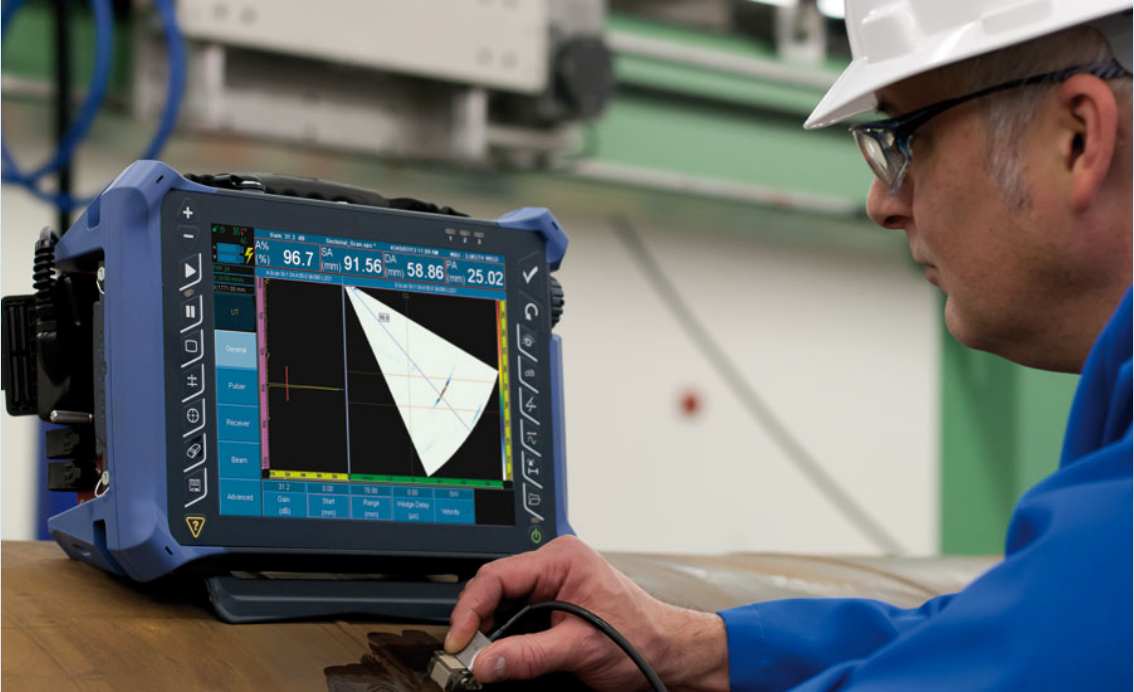Chapter 19: Weld Inspection
Overview

As a welder, you visually inspect your welds all the time, looking for specific weld bead shape, spacing, color, and more. Depending upon the end use, sometimes a visual inspection by the welder is all that is needed, such as for small decorative items like lawn art and knickknacks. But for code welds, the applicable welding code or standard will specify the required inspection method(s).
As a welder you need to know which inspection methods will be used because it will inform your work practice. Welding symbols may contain the inspection technique and standards used for inspection. Even though you will not be performing the inspection, you still need to know how to read the welding symbol to determine what you need to do as a welder and to understand the responsibility of the welding inspector.
This chapter covers common inspection techniques employed in industry today. Both destructive and nondestructive tests are covered. Sometimes the words examination and tests are used interchangeably, but you should know that there is an important difference: testing refers to the test itself while examination refers to the test and the interpretation of the test results. For the most part, the interpretation of the test results is beyond the scope of this textbook; however, the exception is visual testing. It is the least expensive and most widely used inspection method for welding, so it is covered.
There are numerous inspection techniques and variations, and this chapter is aimed to provide you with the basic knowledge of the techniques employed by inspectors.
If you are interested in becoming an inspector, you are highly encouraged to explore the rewarding career opportunities that are available. Inspectors may be limited in what they can discuss with you, such as not being able to give advice on how to weld, but they will usually answer your questions to the best of their ability. If you are interested in weld inspection as a career, speak with the welding inspectors you encounter (including your welding instructors) about becoming one. Welding tends to be a physically demanding profession and becoming an inspector may allow you to continue your career in welding but without all of the physical demands of actual welding.
Objectives
After completing this chapter students will be able to:
- Identify weld defects and discontinuities.
- Describe nondestructive testing and inspection techniques.
- Describe destructive testing and inspection techniques.
Key Terms
- Arc strike
- Alternating current
- Capacitance
- Capillary action
- Code
- Complex number
- Current
- Crack
- Crater crack
- Cross-sectional area
- Defects
- Destructive examination
- Discontinuity
- Inductance
- In-service
- Longitudinal crack
- Nondestructive examination
- Overlap
- Plastic deformation
- Porosity
- Slag
- Slag inclusions
- Spatter
- Transducer
- Transverse crack
- Weldment
Attributions
- Chapter opening image: CGD Process by United States Nuclear Regulatory Commission in the Public Domain; United States government work

